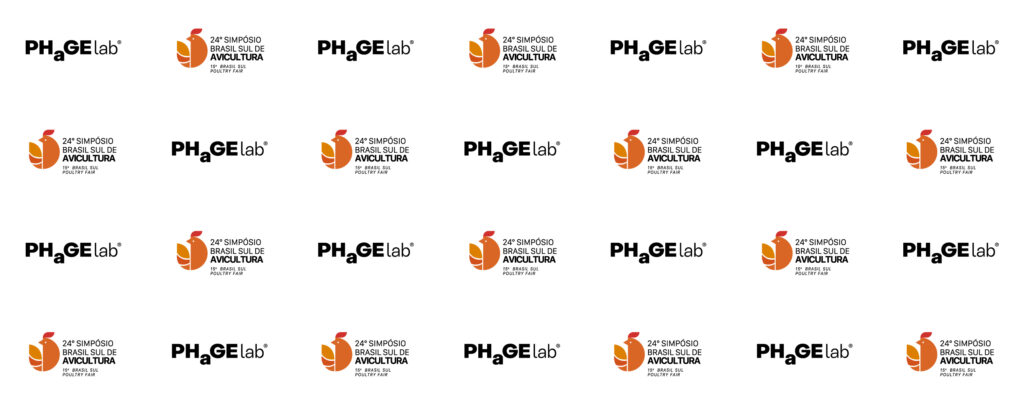By Diego Flores, Senior Animal Scientist at PhageLab®.
“Food safety is everyone’s business” – FAO and WHO, 2023.
The 5th celebration of World Food Safety Day invites us to reflect on our role in the production chain and how our animal production systems relate to this important concept.
Food safety is a condition that guarantees that hazards (physical, chemical or biological) present in different types of food will not cause damage to the consumer.
Undoubtedly, and as stated by FAO and WHO, only safe food is suitable to satisfy people’s nutritional needs and is an indispensable condition to achieve food security.
Animal production systems contribute greatly to the provision of proteins of high biological value and are a source of sustenance for millions of people around the world. In general terms, animal husbandry can be carried out intensively or extensively, but regardless of the system we work with, animal health is a fundamental pillar to ensure cost-efficient production and ultimately safe food of animal origin.
Naturally, animals are carriers of microorganisms that pose a biological risk to human health, with Escherichia coli and Salmonella spp. standing out for their frequency in outbreaks of foodborne diseases. In addition, sanitary management associated with the treatment and prevention of diseases in production animals can pose a risk because residues persist in finished products.
Given the close relationship between the concepts of animal health, animal production and food safety, control measures implemented throughout the production chain will have a positive impact on the production of safe food. At the farm level, these actions are guided by the good farming practices proposed by FAO-WOAH, which aim to provide quality guarantees for the production of safe food. Good practices associated with the use of drugs, such as antimicrobials, have received special attention because of their potential impact on human health.
In animal production, antimicrobials have been used for decades for different purposes: (1) to treat diseased populations, (2) to prevent the onset of disease in susceptible animals, (3) to promote growth.
From a food safety point of view, these practices can affect final consumers by persisting drug residues in final products or by the potential risk of transferring antimicrobial-resistant bacteria from animals to humans, a topic of great concern for regulatory agencies and international organizations.
In 2017, the use of antimicrobials in animals accounted for 73% of the global consumption of this type of drug which represents a major challenge for the management and rational use of antimicrobials in animal production and for the reduction in their use. In this sense, WHO recommendations include reducing the overall use of medically important antimicrobials in animal production, banning the use of antimicrobials as growth promoters and their preventive use, and reserving the use of antimicrobials identified as critical for human health only for cases where there is evidence that they are the only therapeutic alternative.
Under this scenario, producers should tend to adopt good farming practices and new technologies that allow them to replace antimicrobials in production systems, complying with food safety regulations for each market. These alternatives include the use of vaccines, antimicrobial peptides, immune system modulators, phytochemicals, probiotics and bacteriophages.
Lastly, it is crucial to note that current national and international guidelines and standards serve as a support for producers. Compliance with these standards ensures that food is safe, and in turn, generates confidence among consumers and international standards are a guarantee of fair international trade practices.
References
Aidara-Kane, A., Angulo, F.J., Conly, J.M. et al. World Health Organization (WHO) guidelines on use of medically important antimicrobials in food-producing animals. Antimicrob Resist Infect Control 7, 7 (2018). https://doi.org/10.1186/s13756-017-0294-9.
FAO-WOAH. (2009). Guide to good farming practices for animal production food safety. ISBN 978-92-5-006145-0.
Kim, J., Ahn, J. Emergence and spread of antibiotic-resistant foodborne pathogens from farm to table. Food Sci Biotechnol 31, 1481–1499 (2022). https://doi.org/10.1007/s10068-022-01157-1.
Mulchandani R, Wang Y, Gilbert M, Van Boeckel TP (2023) Global trends in antimicrobial use in food-producing animals: 2020 to 2030. PLOS Global Public Health 3(2): e0001305. https://doi.org/10.1371/journal.pgph.0001305.
Muloi, D., Ward, M. J., Pedersen, A. B., Fèvre, E. M., Woolhouse, M. E. J., & van Bunnik, B. A. D. (2018). Are Food Animals Responsible for Transfer of Antimicrobial-Resistant Escherichia coli or Their Resistance Determinants to Human Populations? A Systematic Review. Foodborne Pathogens and Disease, 15(8), 467–474.doi:10.1089/fpd.2017.2411.
Torres, R. T., Carvalho, J., Fernandes, J., Palmeira, J. D., Cunha, M. V., & Fonseca, C. (2021). Mapping the scientific knowledge of antimicrobial resistance in food-producing animals. One Health, 13, 100324.doi:10.1016/j.onehlt.2021.100324.
PhageLab® is registered as a trademark in Chile, Brazil, Peru, Mexico, Europe and United Kingdom.










